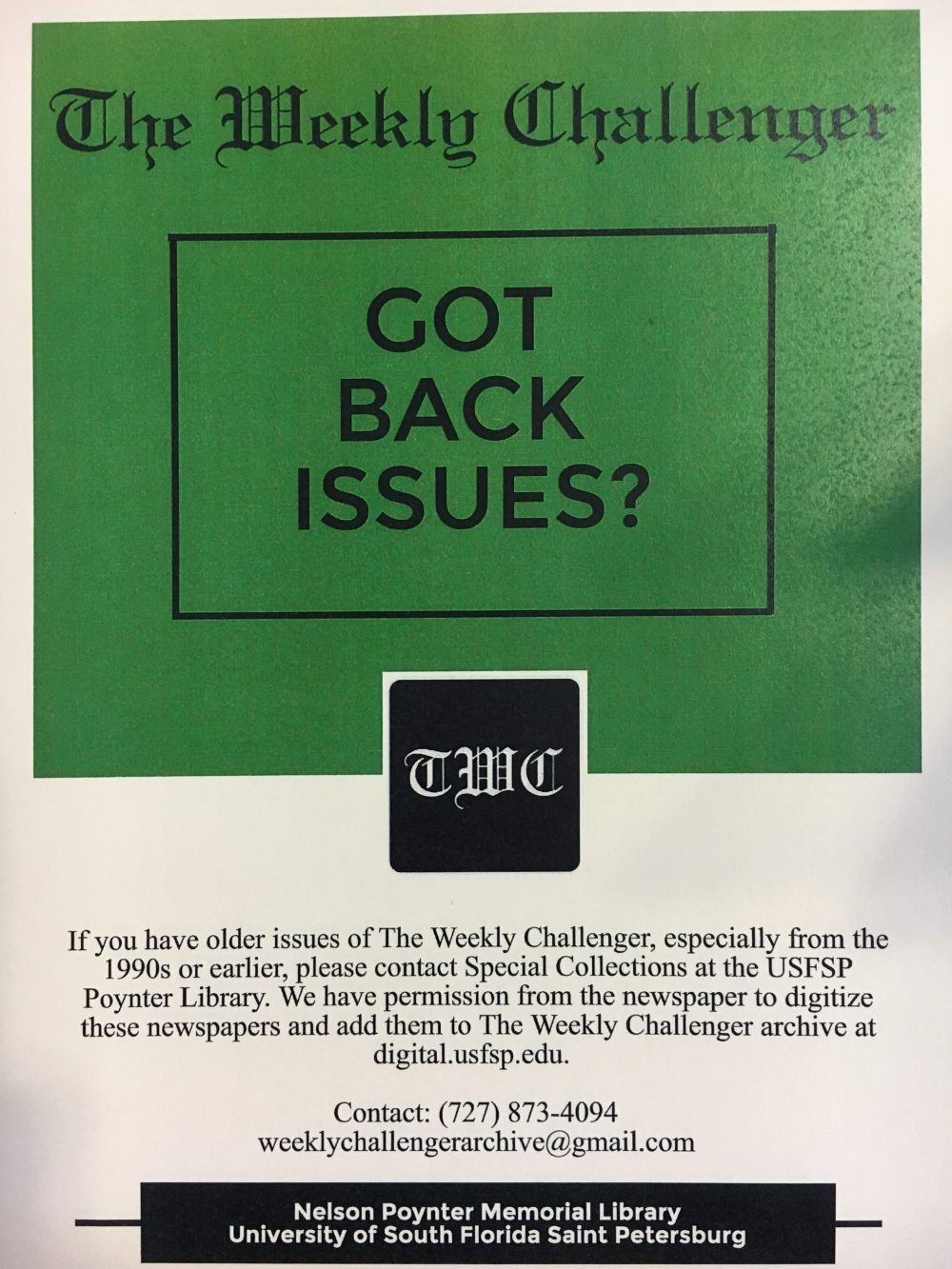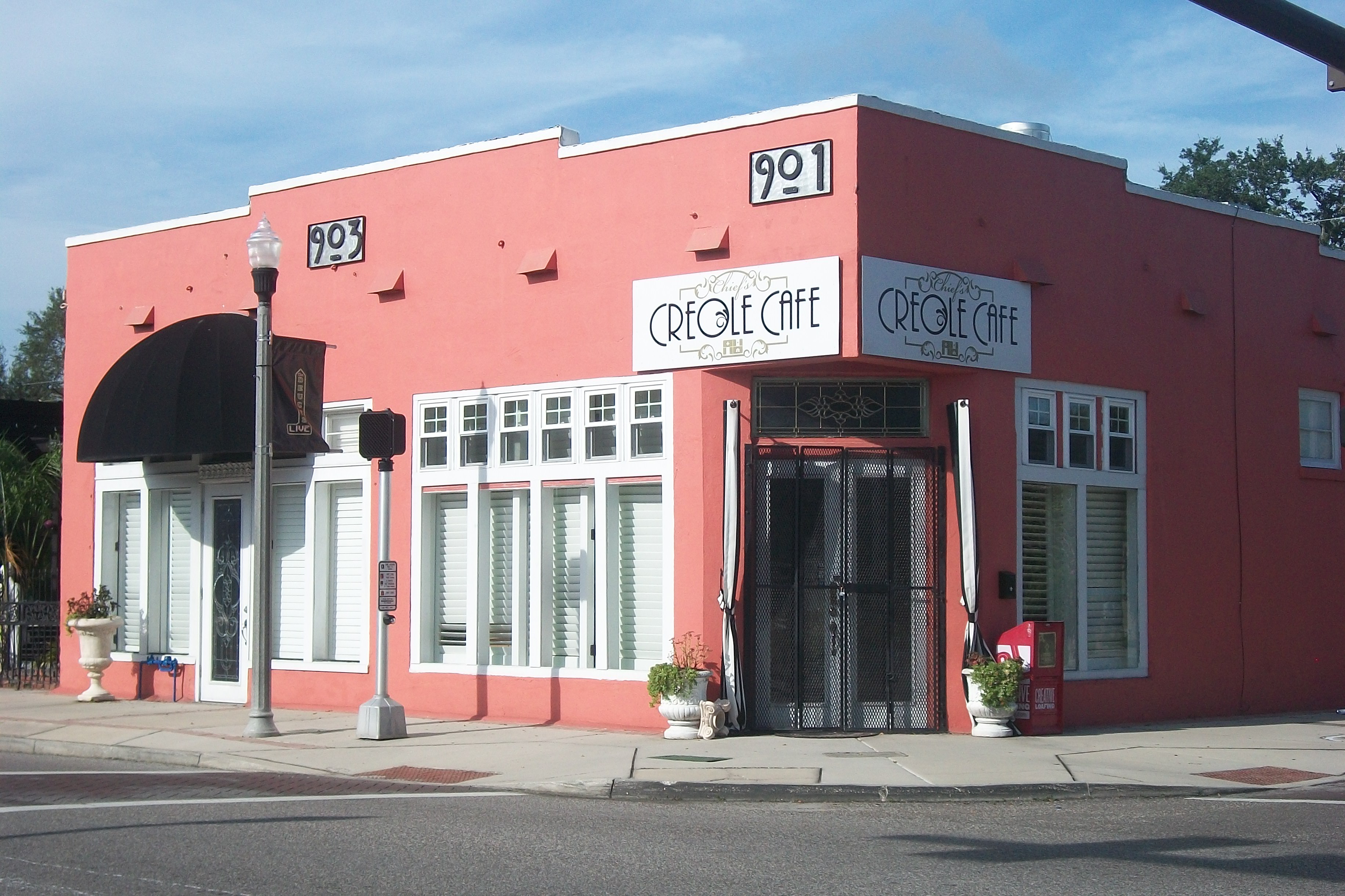By Kay-Kay Smith, Neighborhood News Bureau Kenadi Smith is a second grader who attends the annual Candlelight Vigil honoring Dr. Martin Luther King Jr. at
Read MoreTag: history
John Lewis talks to St. Petersburg
Lewis speaks on the importance of voting, optimism in the face of fear, and endorses Charlie Crist BY JONAH KING Neighborhood News Bureau Civil rights is
Read MoreA Community on the Verge of Extinction
Filmed by USFSP student, Tracy Darity, this video shows her concerns regarding “concerning gentrification, the Warehouse Arts District,” and the lack of entertainment options in
Read MoreWhen baseball stars came to town, they stayed with him
BY DAVID STONER, Neighborhood News Bureau Most people know that Roberto Clemente, Willie Stargel, and Frank Robinson are three of the greatest baseball players of
Read MoreHistoric buildings with a hopeful future
[vc_row full_width=”” parallax=”” parallax_image=””][vc_column width=”1/1″][vc_column_text] BY MIRANDA BORCHARDT AND BRIANNA ENDERS NNB Reporters MIDTOWN — Teresa Williams stood on the balcony of the historic
Read MoreJust A Little Love to Restore A Stronger And Diverse Community
BY ZENENA MOGUEL NNB Reporter ST. PETERSBURG – It was just another night where the sound of music and laughter filled the air of this
Read More




